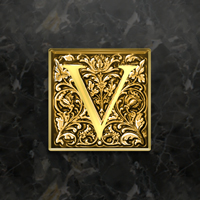|
Hover at the top of the video to expose the full playlist options.
FIBONACCI AND THE GOLDEN MEAN
In mathematics, the Fibonacci numbers are the numbers in the following integer sequence:
0,\;1,\;1,\;2,\;3,\;5,\;8,\;13,\;21,\;34,\;55,\;89,\;144,\; \ldots\; (sequence A000045 in OEIS).
By definition, the first two numbers in the Fibonacci sequence are 0 and 1, and each subsequent number is the sum of the previous two.
The Fibonacci sequence is named after Leonardo of Pisa, who was known as Fibonacci.
Fibonacci's 1202 book Liber Abaci introduced the sequence to Western European mathematics,
although the sequence had been described earlier in Indian mathematics.
(By modern convention, the sequence begins with F0 = 0.
The Liber Abaci began the sequence with F1 = 1, omitting the initial 0, and the sequence is still written this way by some.)
Fibonacci numbers are closely related to Lucas numbers in that they are a complementary pair of Lucas sequences.
They are intimately connected with the golden ratio, for example the closest rational approximations to the ratio are 2/1, 3/2, 5/3, 8/5, ...
Examples of fractals in the arts and sciences, credits and more resources are below.
Above: A stereographic projection from a loxodrome creates double spiral shadows and inspires the creation of fractals in artwork.
Resources |

|
|
More |
|
|
|

